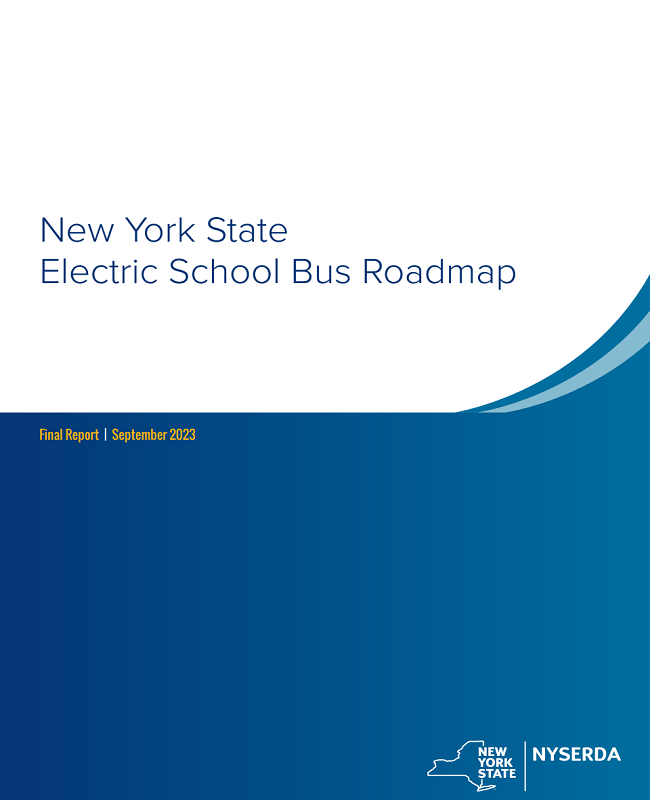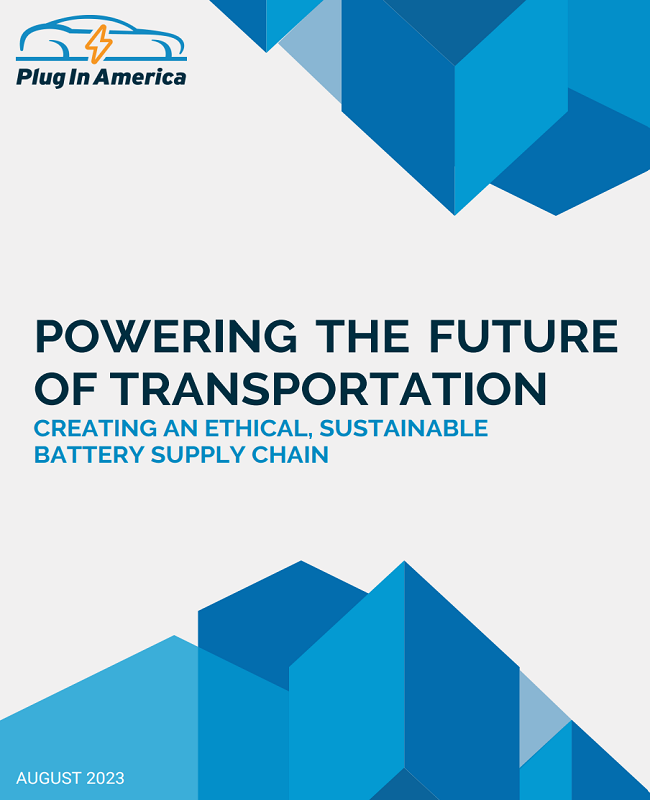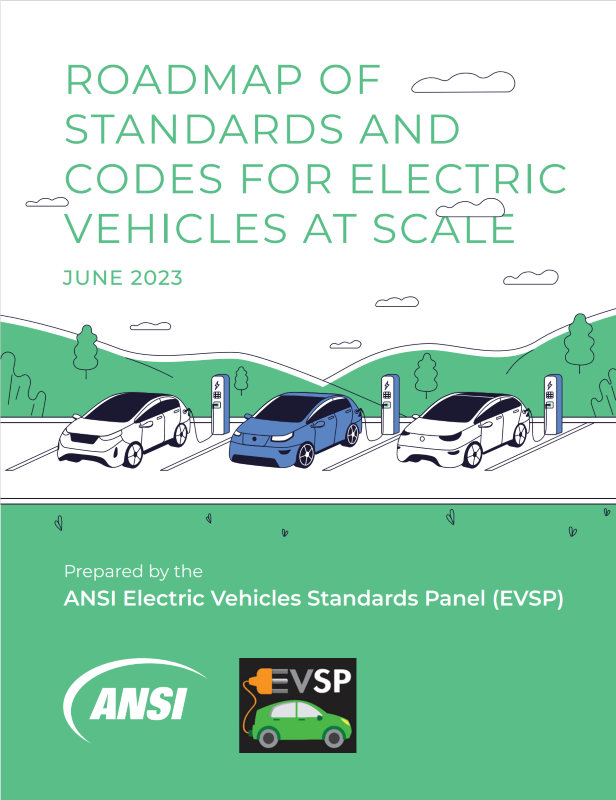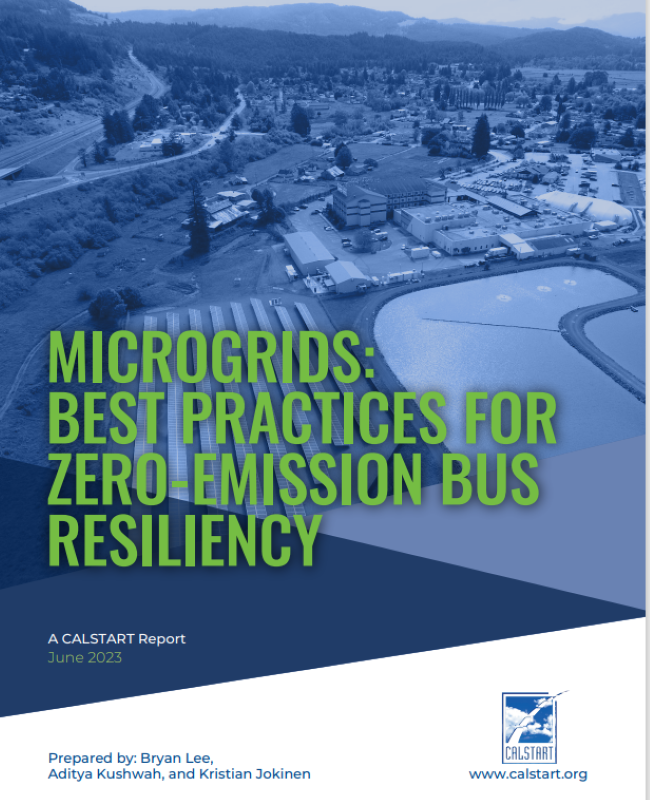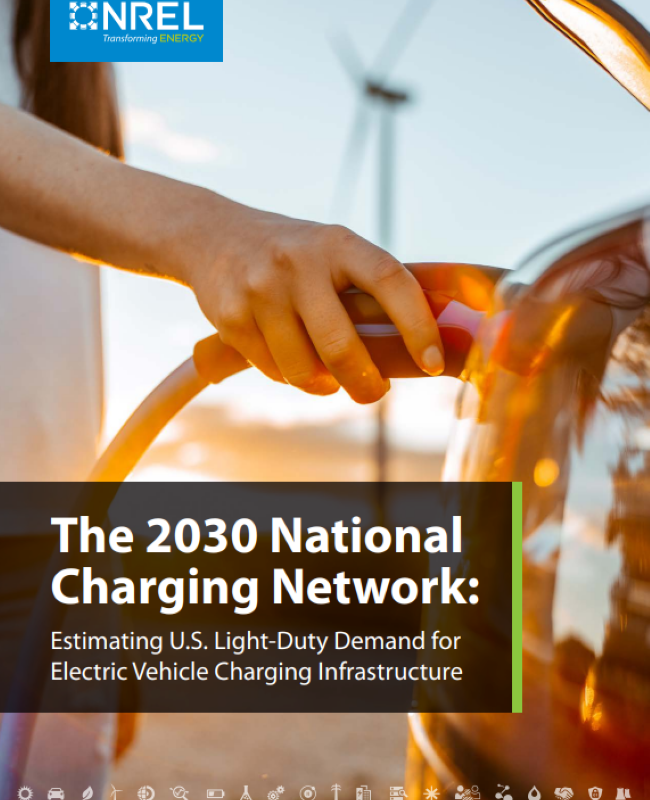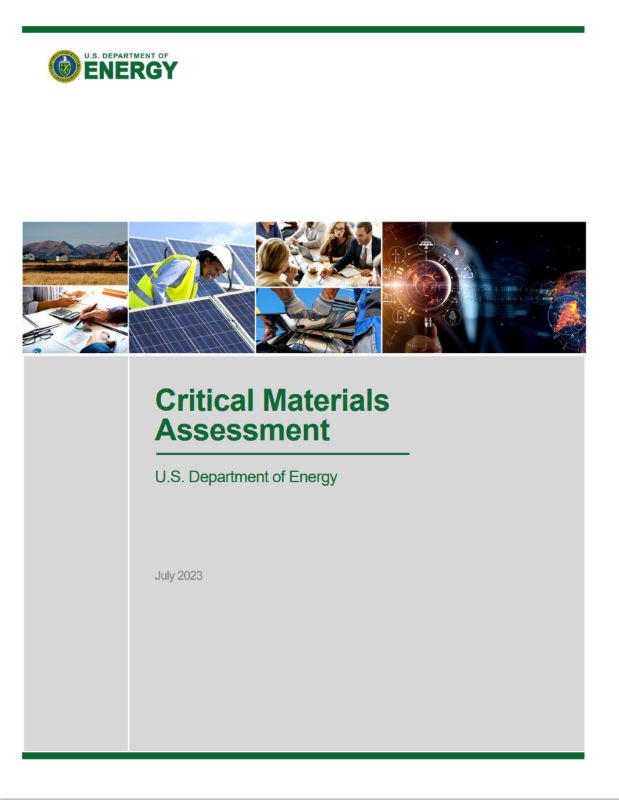New York State Electric School Bus Roadmap
Moe Khatib2023-09-25T09:46:13-04:00The New York State Electric School Bus Roadmap presents an overview of the key challenges, costs, funding mechanisms, and policy options involved in the effort to transition all school buses in New York State to zero-emission operation by 2035
